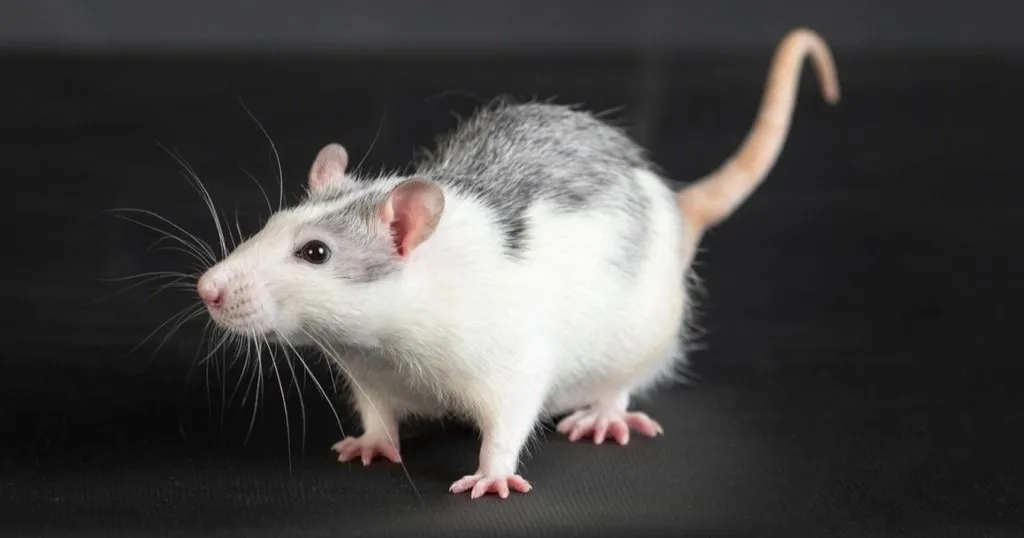How to really challenge mice cerebellar plasticity
Jan-Willem Potters used the ErasmusLadder in his thesis research to study the role of specific mutations of plasticity in the cerebellar microcircuit of mice.
Posted by
Published on
Thu 27 Nov. 2014
Topics
| Cerebellum | ErasmusLadder | Mice |

Guest post by Jan-Willem Potters
Successful locomotion and the maintenance of balance is the result of an intricate collaboration of the sensory system, sensorimotor integration and the motor system. Needless to say, there are many parts of the brain that work together to carry out this type of behavior. Locomotion is affected in many different neurological diseases, and is an interesting candidate to study symptoms in detail and the effect of possible therapies of these diseases.
The cerebellum and behavior
During my PhD, I studied the role of the cerebellum in different aspects of behavior, ranging from simple reflex-like movements to complex systems such as emotion and cognition. One of the questions our group investigates is how exactly the cerebellum (or ‘little brain’) is involved in locomotion. For scientists that work on the cerebellum there are several interesting reasons to study locomotion.
First, patients with cerebellar diseases often display ataxic gait, characterized by increased variability and poor accuracy of movements (see for example: http://youtu.be/-s77voH8nRI). This is a clear indication that the cerebellum is crucial in the proper execution of locomotion. Animal studies over the years also showed that different sites in the cerebellum control different aspects of locomotion.
Furthermore, locomotion is a process that requires precise temporal control, and a correction in locomotion needs to be carried out within several milliseconds in order to maintain a certain gait or restore balance. This is the exact temporal domain in which the cerebellum operates.
Timing and motor learning in locomotion
Despite evidence of the functional localization about different aspects of locomotion in the cerebellar cortex, not much is known about the plasticity mechanisms that drive the timing and motor learning in locomotion. Our goal was to study the role of specific mutations of plasticity in the cerebellar microcircuit.
Unfortunately, studying locomotion in mice is not an easy job. Mice need to be handled and trained, and are less suitable candidates for distinct learning tasks compared to rats. Mice are on the other hand the ideal candidates to study genetic mutations, given the abundance of mice with genetically induced alterations in neuronal function.
In our lab, we have been working several years on a device, called the ErasmusLadder, that gives us the possibility to study the parameters of locomotion in an systematic, reproducible and objective manner. Earlier versions of the ErasmusLadder showed interesting phenotypes in mice with specific cerebellar mutations, leading to publications in high-end neuroscience journals (see for example: http://www.ncbi.nlm.nih.gov/pubmed/18498740 and http://www.ncbi.nlm.nih.gov/pubmed/20797538).
Detailed parameters of locomotion
Several years of testing and usage have lead to refinement of the hard- and software that makes it now possible to study more quantitative and qualitative parameters of locomotion. Combining the latest version of the ErasmusLadder with mice that lack specific proteins that play a role in the structure or the formation of new memories in the cerebellum has led to an extremely detailed publication about the parameters of locomotion in these mice (see other blog post). It also clearly shows how specific mutations affect specific aspects of locomotion.
Really challenge the cerebellum
The ErasmusLadder can assess baseline locomotion in which mice walk over the ladder undisturbed. In our study, we only saw a clear phenotype in the pcd mice, which is predictable since these mice lack a functional cerebellum. Over the course of time, it is possible to increase the demands on the mouse (and on the neuronal machinery) by introducing locomotor adaptation.
In this scenario, the mouse needs to quickly respond to an obstacle in several tens of milliseconds. This really asks computing power from the cerebellum (and the rest of the brain), because we could identify deficits in several lines of mice that were unaffected or almost unaffected during the normal sessions.
Practical advantages of ErasmusLadder
Practically, working with the ErasmusLadder brings in several advantages. The device itself makes it possible to study mice mutants in a reasonably fast time frame. Each session takes a maximum of 15-20 minutes in which the device works fully automatic, making it possible to study a group of mice in an acceptable time. This makes it a good machine to attain data about locomotion in different groups of mutant mice, giving the possibility to quickly select candidates for further investigation.
The final ErasmusLadder is the result of years of testing in our lab, leading to interesting publications, where the investigator can study extremely detailed parameters regarding locomotion, interlimb coordination and locomotor adaptation.
We would like to thank Jan-Willems Potters for sharing his insights and knowledge of working with the ErasmusLadder and for providing this free case study.
For more information on the ErasmusLadder, go to www.noldus.com/erasmusladder.
Related Posts

3 ways to use rodent gait analysis in CatWalk XT

Suture anchors for rotator cuff injuries: a new animal model

